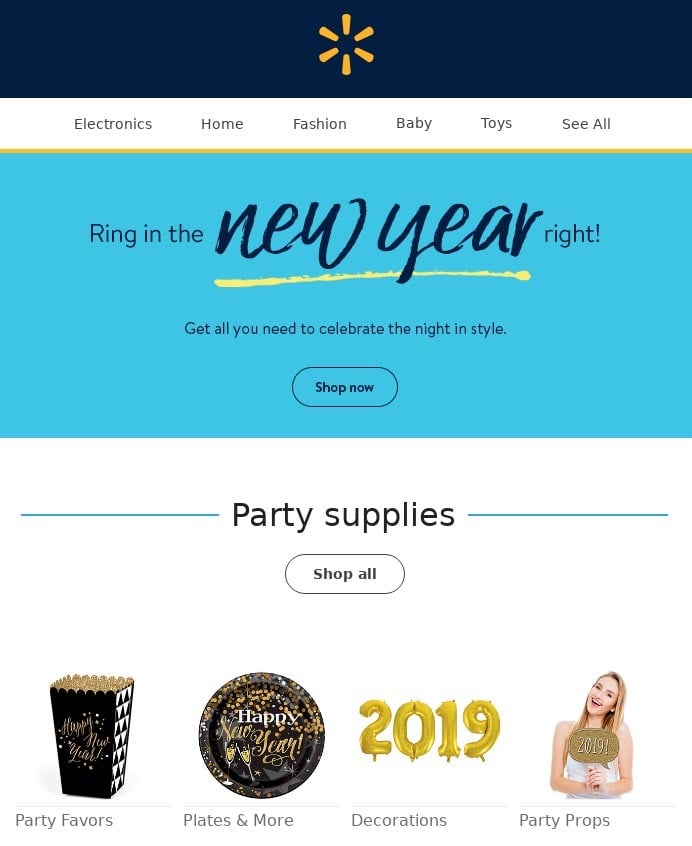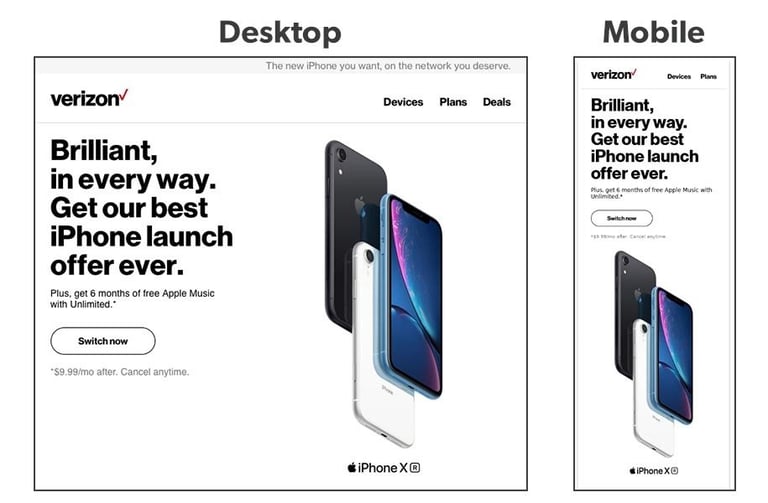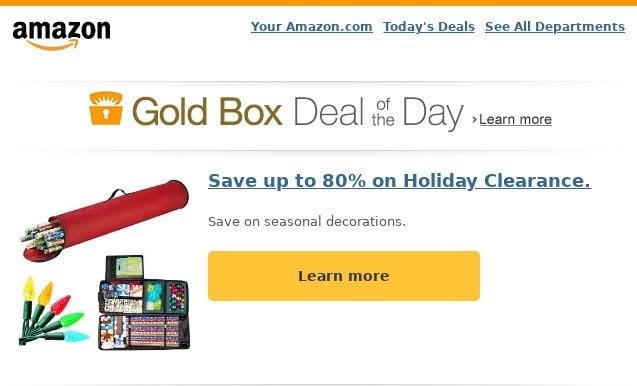By Luke Wester | January 15, 2019

See why top ecommerce brands use Miva’s no-code platform to run
multiple stores, manage massive catalogs, and grow their revenue.
Email marketing has changed a lot over the years, but one thing remains the same: it works. Yet many companies still fail to connect with their audience through email. If email is such an effective marketing communication tool, why doesn’t it increase revenue for so many businesses? The answer may be found in your company’s approach to creating emails. Some of the world’s most valuable companies succeed by implementing very specific tactics. As we deconstruct the following emails, you will start to notice some recurring themes which can be used to help you increase sales with email marketing.
Ranked #1 on the Fortune 500 list, Walmart has one of the most prestigious marketing teams. In 2018, the retail giant spent $3.1 billion on marketing related initiatives and earned $11.5 billion in U.S. ecommerce sales. According to MailCharts, a vital part of Walmart’s marketing strategy was sending highly targeted emails for cart abandoners and events, particularly holidays. The following image is Walmart’s New Year’s email.

This email doesn’t look like a traditional email. Rather, it looks much more like a webpage than an email. Web designers tend to use familiar elements that help users easily navigate sites. Users feel comfortable with the conventions of a homepage, so why not bring the same familiarity to your emails?
Segmenting users is nothing new but Walmart kicked it up a notch and created a highly targeted segment—people in need of New Year’s party supplies who recently visited Walmart’s website. Walmart harnesses the power of email segmentation to take advantage of a buyer need that only occurs once a year. This increases the chance of users clicking through to its website. Well played, Walmart.
Verizon has honed in its email marketing campaigns to please the modern day consumer. Along with segmentation and multiple buyer journeys, Verizon has done a great job implementing mobile optimization and design. The email below is an example of Verizon’s email marketing.

Verizon is one of the world’s largest telecommunications companies and it knows its users are viewing emails on a mobile device. In a recent study, 40% of consumers claimed their smartphone was the main device used to check email. When creating an email for a mobile device, there is less space to convey your message. This can make the creation of mobile emails challenging. Verizon has done a great job of simplifying language and expressing value on a small screen. With mobile optimization, companies can increase the impact of their marketing initiatives by delivering emails where they are viewed the most—on mobile.
Great design has the power to influence by organizing the vital information in a logical manner. Notice the text hierarchy in the above visual? It makes the email easily digestible and the communication clear. The imagery used is crisp and simple, making the product itself the centerpiece of the offering.
Jeff Bezos, founder of Amazon, is an ecommerce savant. In the span of two decades, he has transformed the ecommerce landscape. With one of the world’s largest product offerings, Amazon sells to customers with a wide range of interests. Amazon tailors each email for its various customer segments to include only offers that would appeal to them. Here’s what we can learn from Amazon’s email marketing:
Having a clear value proposition will help you increase sales. This Amazon email gets straight to the point and explains its benefit.
The subject line for this email, ‘Save up to 80% on Holiday Clearance’, gets straight to the point and keeps the value proposition clear. The offer is quite juicy—who wouldn’t want an 80% discount? Inbox real estate is competitive and user attention is limited. A clear value proposition improves the customer’s comprehension of the offer and enhances customer focus.
This email presents the opportunity to buy excess holiday inventory at a discounted rate. It creates a sense of urgency for users to take advantage of the deal, increasing the potential to complete the sale. The clearance sale is only while supplies last so users are compelled to purchase immediately because supply is scarce.
Looking to take your email marketing campaign to the next level? Check out our Revolutionary Guide to Ecommerce Email Marketing.
Email images and data were sourced from MailCharts.

Luke Wester is Miva’s Digital Marketing Analyst. With a creative agency and digital publishing background, Luke brings a fresh approach to content creation. He combines copywriting, SEM, SEO, and social media expertise to discover the ideal marketing mix for optimal campaign performance.
Love it? Share it!
No worries, download the PDF version now and enjoy your reading later...
Download PDF Luke Wester
Luke Wester
Luke Wester is Miva’s Digital Marketing Analyst. With a creative agency and digital publishing background, Luke brings a fresh approach to content creation. He combines copywriting, SEM, SEO, and social media expertise to discover the ideal marketing mix for campaign performance.
Visit Website